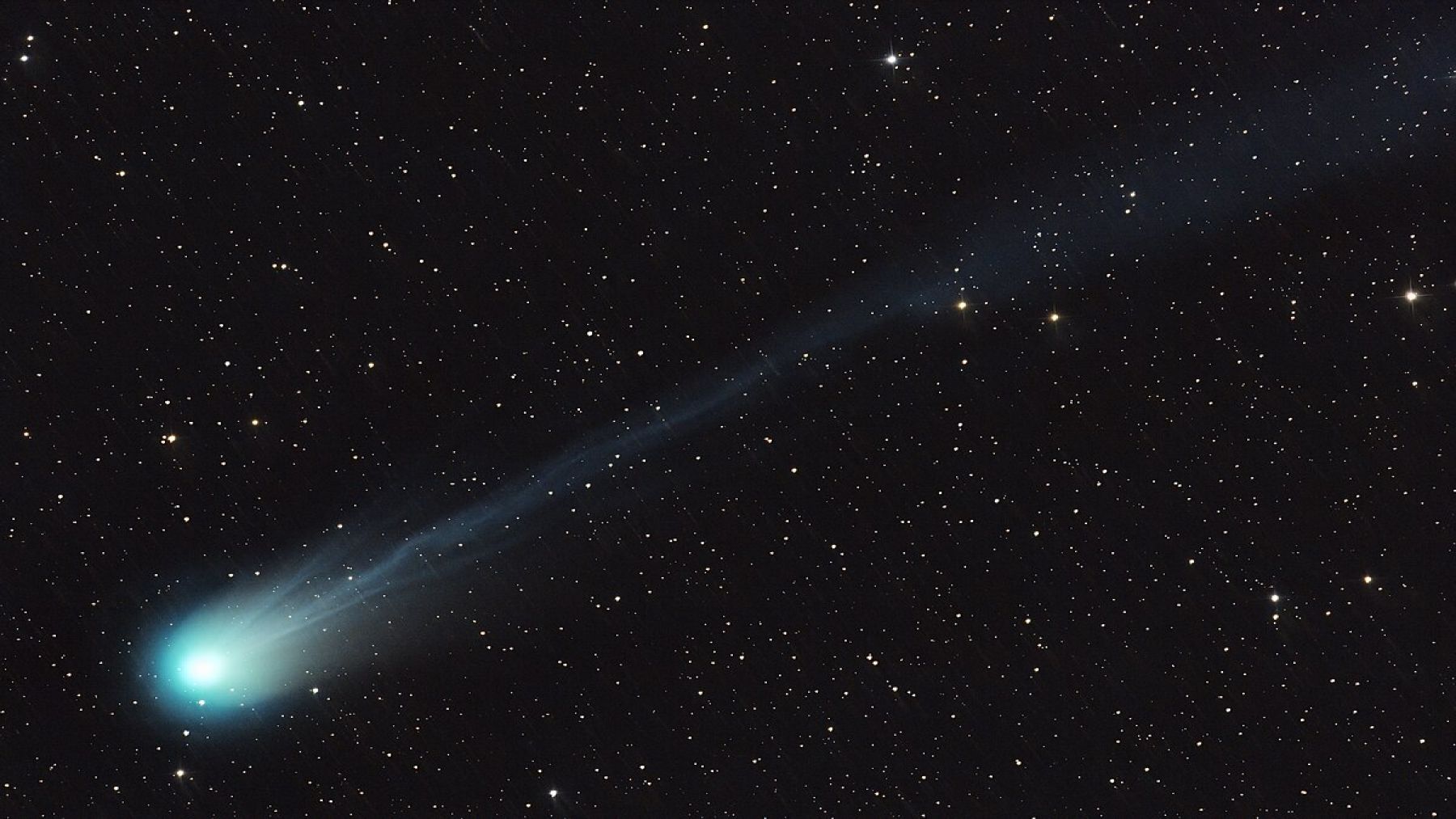Our solar system is remarkably dynamic, and because of this, we are frequently “visited” by objects wandering through space. Astrologists recently observed a familiar type of glowing object wandering through space; however, recent studies have picked up that this entity is behaving contrary to what scientists have come to expect from those in its class, and now they want to know why.
NASA observed a strange glowing object approaching the sun
Within our solar system are eight planets and a giant star. Centuries of astronomical study have led us to recognize celestial bodies such as stars, moons, micro-asteroids, and comets. Most of these objects, particularly comets, interact with the rest of the solar system as they travel huge distances.
Comets are tiny but an integral part of the solar system. They are icy rocks ejected from parent asteroids left to wander through space. For decades, comets have helped scientists understand and map out the edge of our solar system. These icy bodies become most active when they make a close pass by the Sun.
Their relative distance from the sun is usually measured in AU (astronomical units). 1 AU is believed to be the average distance between the Sun and the Earth, which is 150 million kilometers (or 93 million miles). However, with the aid of a telescope, astronomers report that this newfound object acts differently.
Scientific overview of the glowing object
Earlier this year, a team of researchers from the Catalina Sky Survey, led by Hannes Groller of the University of Arizona, identified a new comet. The glowing object is known as Comet C/2025 D1. Through their research, they observed the glowing object to be surrounded by unusual comet characteristics.
At the time they discovered the glowing object, it was still orbiting between Saturn and Uranus. What made it particularly interesting to this research was its trajectory; C./2025 D1 was headed towards the perihelion. The distance from the sun at that point was 14.1 AU, which was approximately 2.1 billion kilometers. A similar phenomenon is taking place with this bizarre spiral object in space discovery, wrapping around the solar system and pointing straight towards the Earth.
What made this glowing object more intriguing was its appearance. Unlike most comets, C/2025 D1 had a fuzzy coma, which is a cluster of dust, gas, and rocks. The tail of the object is also unique, with evidence of volatile icy sublimations. The combination of these made the comet vaporize under the faintest exposure to sunlight.
Researchers see C/2025 D1 in a different category of comets
Initially, the comet NASA detected two billion kilometers away was categorized among four other comets. However, further observations have stood to argue otherwise. Because of its vast distance, scientists propose it may be a primordial body from the farthest edge of our solar system.
Implications of this discovery for future researchers
In collaboration with NASA, Hannes and his team have conducted further studies to categorize C/2025 D1. If the comet eventually gets confirmed in a class, it has the potential to improve our understanding of similar phenomena. Also, by confirming its origin, scientists could add to their knowledge about the evolution of comets.
It is important to note that the conclusion of this research controls the narrative going forward. Aside from the established sets of comets known by NASA, plans have begun to search for comets with C/2025 D1’s exact characteristics. Therefore, high-resolution telescopes have been acquired to reveal potential outgassing of distant entities.
Beyond the science, astronauts are also conducting a rigorous study of the comet. They believe it could inform them of the nature of our Solar system two billion kilometers away. While we await confirmation, this discovery has been another reminder, just like this strange red fast-moving object in deep space discovery, that there’s just so much we know nothing about within our solar system.

